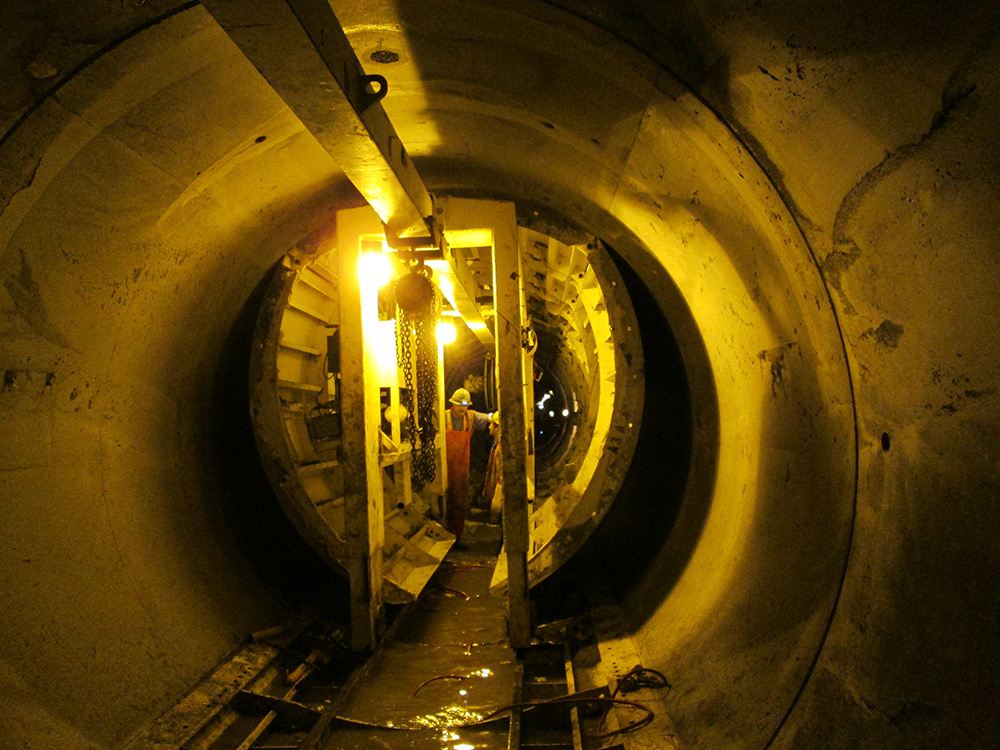It is no news to us at Kryton that our Krystol Internal Membrane (KIM) is considered an innovative product in the construction industry. For one, it is the only one of its kind. According to the American Concrete Institute (ACI), the foremost leader in the world regarding concrete, KIM technology is a category leader and is the only PRAH (Permeability Reducing Admixture for Hydrostatic Conditions) available on the market.
To that end, ACI’s report (ACI 212.3R-10: Report on Chemical Admixtures for Concrete) states that KIM has stood up to more independent tests than any other solution. Furthermore, KIM has been used successfully in a myriad of different projects across the globe with great success.
All this combined; KIM has been shortlisted for ‘Product/Equipment Innovation of the year’ for the International Tunnelling & Underground Space Awards 2014. The project associated with the nomination was the ‘Strachan Avenue Grade Separation Upgrade’ in Toronto.
KIM was used in the Strachan Avenue Grade Separation Project as a solution to waterproofing in tight quarters so the continuous concrete pouring that a true slip form system allows could be done. KIM erased the need for an external membrane to be applied before a pour could be done, saving the construction crew much needed time and, in the end, money.
The International Tunnelling & Underground Space Awards are in their fifth year and promise to be bigger and better than ever. The awards are brought about by the New Civil Engineer and supported by the International Tunnelling & Underground Space Association, recognizing overall excellence in the delivery of international tunneling and underground space projects.
The winners in each of the categories will be announced on Thursday, December 4th in London.
For more information on KIM’s involvement in the ‘Strachan Avenue Grade Separation Project’ (Also known as the Georgetown Grade Separation Project) see our case study and an article published in Concrete Construction.







